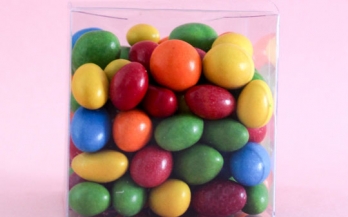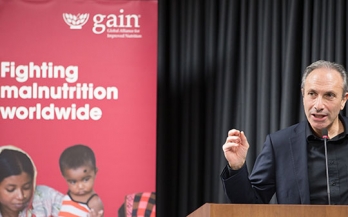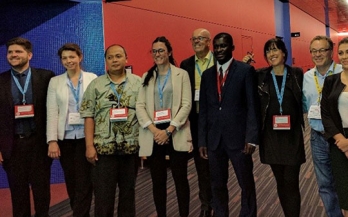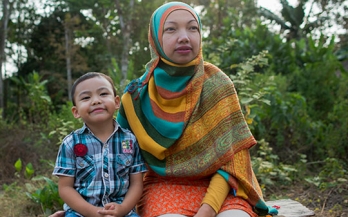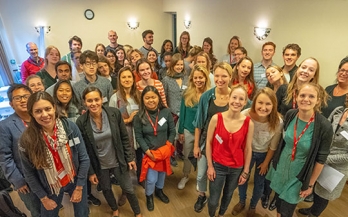The consistent evidence that childhood stunting is associated with poor child development and school performance and health and human capital development more generally has elevated nutrition in the development agenda. The result has been an unprecedented focus on addressing stunting and some renewed development resources focused on doing so.
Choosing the right type of foods at the point of purchase or consumption is an important way to improve quality of diets. The idea of using on-pack visual cues or symbols to guide food choices has existed for quite some time, but less is known about the effectiveness of such schemes in resource-poor countries.
As the 2016 Global Panel Report on Food Systems and Diets noted, average households in nearly all countries in the world acquire the majority of their food from the market. Most of these purchases are of packaged foods. In addition, we know that the sales of processed foods are flat in high-income countries while increasing in middle-income countries.
My delight at being told that I was one of 2018’s World Food Prize Laureates was matched only by, well, sheer surprise. It became clear that the contribution being recognised was the ability to be effective in multiple roles in order to help elevate nutrition to the “top table” of development. In other words, to help convince powerful decision makers that good nutrition is fundamental to delivering the Sustainable Development Goals (SDGs).
A couple of weeks ago GAIN and the World Health Organization (WHO) organised a consultation “Adolescents: Agents of Change for a Well Nourished World”. This was the third in four “stepping stones” towards forging a consensus on promising approaches for programming to improve adolescent nutrition outcomes. The x-factor in the consultation was the participation of 10 adolescents from Bangladesh, Indonesia, Pakistan and Zambia.
GAIN hosted a panel discussion at the ICLEI World Congress on how to improve urban nutrition. The panel demonstrated that cities can improve the urban food system through a multitude of ways. The panel demonstrated that cities can improve the urban food system through a multitude of ways. Food policy is one important mechanism for this and is getting increasing attention.
Food safety issues have almost no visibility. This is very strange on both counts. As the presentations at the Pontifical Academy of Sciences – GAIN technical workshop in the Vatican made clear, food safety threats are on the rise as food systems modernise but the capacity to control those risks lags behind.
Since 2010, the Scaling Up Nutrition (SUN) Movement has inspired a new way of working collaboratively to end malnutrition–in all its forms. And yet, 1000 days into the SDG era, no high-income country has become a member of the SUN Movement. Why does this matter? Joining SUN will help high-income countries achieve greater coherence in their battle against malnutrition.
On 28 and 29 September 2018, the Global Alliance for Improved Nutrition (GAIN) Netherlands office organised GAIN’s first student challenge. In small teams, more than 40 students from 10 Dutch universities, with 15 nationalities and more than 20 different academic backgrounds competed against each other to come up with creative ideas to be implemented in one of GAIN’s current projects.
Today we are celebrating #WorldEggDay with the publication of the Global Alliance for Improved Nutrition (GAIN)/RTI co-edited special supplement of the journal Maternal and Child Nutrition on Eggs: a high potential food for improving maternal and child nutrition. This supplement explores, in nine novel papers, the science base supporting increased consumption of eggs in resource-poor countries.


